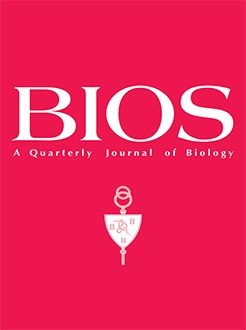Cellulose biodegradation is based upon the action of different microbial enzymes such as β-1,4-endoglucanases, exoglucanases, and β-glucosidases working sequentially to convert cellulose to simple sugars like glucose. Different soils from the states of New Jersey and New York were analyzed by DNA extraction and PCR analysis for the presence of microbial cellulases genes belonging to glycoside hydrolases (GH) families 1, 5, 6, 7, and 48. Families GH1 and GH7 were detected in all samples while GH5, GH48, and GH6 genes were detected in 46%, 39%, and 31% of soils, respectively. Soils from NJ were found to have higher frequencies of GH48 genes while NY soils exhibited higher numbers of GH5 and GH6 genes. Cloned libraries were constructed from amplified DNA fragments of GH1 (bacteria and mold), GH7 (mold) and GH48 (bacteria) from NJ soils. GH1 genes were found to be mostly related to Actinobacteria species belonging to Nakamurella multipartita and different Streptomyces species The Proteobacteria species Massilia violaceinigra and Cystobacter fuscus showed the highest frequency of GH48 genes in soils. GH7 genes related to the Basidiomycota species Irpex lacteus were the most abundant fungal cellulases. The redundancy of GH genes present in different microbial phyla and species demonstrate the adaptation of microbial communities to degrade complex organic polymers such as cellulose in a synergism between different enzymes to sustain and maintain the continuous cycling of carbon in the environment.
How to translate text using browser tools
23 August 2022
PCR detection, cloning, and genetic identification of microbial cellulases genes in soils
Luis Jimenez,
Stephania Vazquez,
Adelajda Turku,
Lisa Pincus
ACCESS THE FULL ARTICLE





